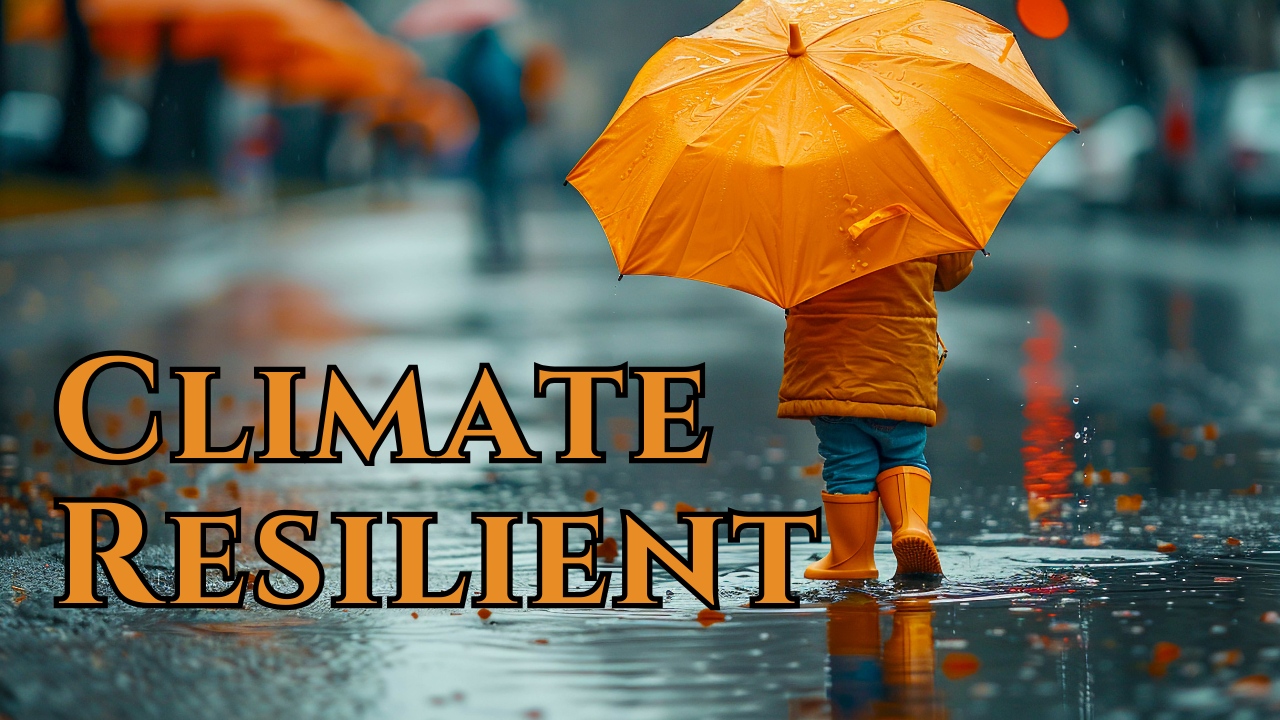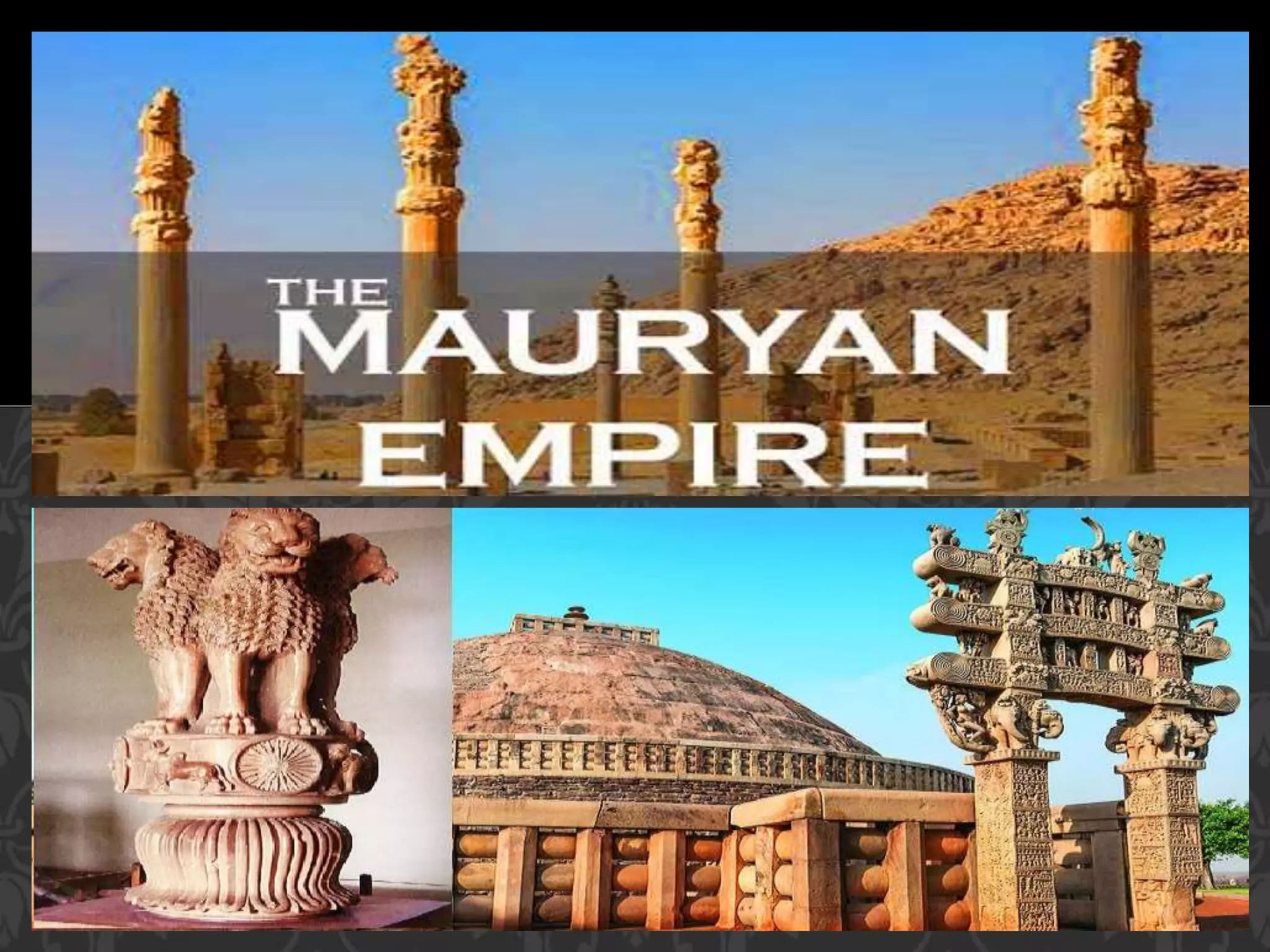Font size:
Print
New Model Challenges Leading Theory on Continent Formation
Context:
The formation of Earth’s continents billions of years ago enabled life to thrive. However, scientists debate whether these land masses formed through the same geological processes we observe today.
Highlights of the Study:
- Study Focus: Dr. David Hernández Uribe from the University of Illinois Chicago used computer models to investigate magma formation and its implications for the origin of Earth’s continents.
- Previous Theory: A study from China and Australia argued that Archean zircons (rare mineral deposits) were formed exclusively through subduction—a process involving tectonic plate collisions that push land masses to the surface.
- New Findings: Hernández Uribe found that subduction was not necessary to form Archean zircons. Instead, these minerals could form through high pressure and temperatures from melting the Earth’s primordial crust.
- Implications for Plate Tectonics: The new findings suggest that if continents formed via melting crust, plate tectonics may have started later than previously believed. Subduction as the primary mechanism would imply early tectonic activity between 3.6 to 4 billion years ago.
- Significance: The study raises questions about the timeline and mechanisms of early plate tectonics and its relationship with the origin of life, as the movement of early continents influenced Earth’s weather, ocean chemistry, and biological development.

Theories Related to Continent Formation:

Plate Tectonics Theory:
- Development: Originating from continental drift (proposed by Alfred Wegener in 1912), plate tectonics theory was developed from the 1950s to the 1970s.
- Concept: Earth’s outer shell is divided into large slabs of solid rock called “plates” that glide over the mantle.
- Lithosphere and Asthenosphere: The lithosphere includes the crust and uppermost mantle, while the asthenosphere is a viscous layer below, allowing plate movement.
- Major Plates: The lithosphere is divided into seven major plates (e.g., Antarctic, North American, South American, Pacific, India-Australia-New Zealand, African, Eurasian).
- Minor Plates: Notable minor plates include the Cocos, Nazca, Arabian, Philippine, Caroline, Fuji, and Juan De Fuca plates.
- Tectonic Boundaries: Plate movements create three types of boundaries: convergent (moving into each other), divergent (moving apart), and transform (moving sideways).
Continental Drift Theory:
- Origin: Proposed by Alfred Wegener in 1912, it explains the distribution of oceans and continents.
- Pangaea and Panthalassa: Suggests all continents were once part of a single landmass (Pangaea) surrounded by a mega ocean (Panthalassa).
- Breakup: Around 200 million years ago, Pangaea split into Laurasia and Gondwanaland, eventually forming the current continents.

Supporting Evidence:
- Geographical Fit: South America and Africa fit together, as do other continents like Greenland with Ellesmere and Baffin islands.
- Fossil Evidence: Similar fossils found on different continents, e.g., mesosaurus fossils in southern Africa and South America.
- Geological Evidence: Matching rock layers and mountain ranges on different continents, e.g., Appalachian Mountains and Caledonian Mountains.
Tectonic Activity:
- Mechanism: Continents rest on tectonic plates that move and interact through seafloor spreading, rift valley formation, and subduction.
- Seafloor Spreading: Molten rock rises and adds new seafloor, causing continents to move apart, e.g., the Mid-Atlantic Ridge separating North America and Eurasia.
- Rift Valleys: Sites where continents split, e.g., the Great Rift Valley in Africa.
- Subduction: Heavier plates sink beneath lighter ones, influencing continental movement.
- Current Movement: Continents continue to move today, with dynamic tectonic activity reshaping the Earth’s surface.



